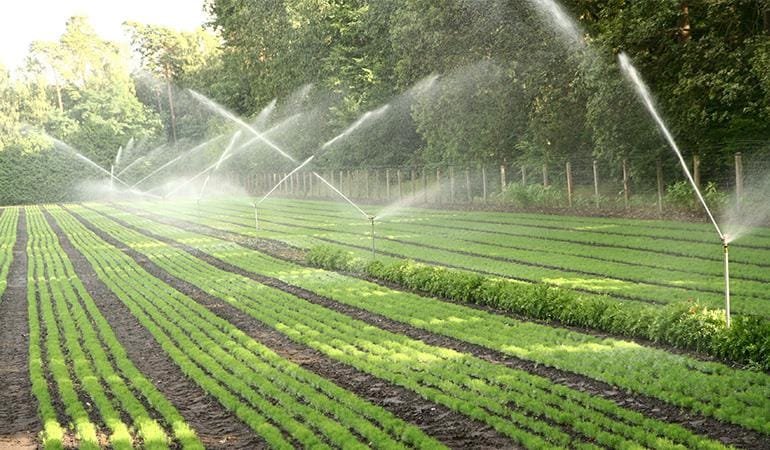The agricultural equipment industry has witnessed a meaningful downturn in sales during the past quarter, with major manufacturers reporting double-digit declines across traditional farming machinery. However,amid this broader market contraction,artificial intelligence-driven agricultural solutions continue to gain traction,marking a notable shift in farming technology preferences. This emerging trend highlights a transformation in how modern farmers approach equipment investments, prioritizing smart technology over conventional machinery.Recent market data reveals a significant decline in traditional farming equipment sales across major agricultural regions, while artificial intelligence solutions continue to gain traction among farmers and agricultural businesses. Industry analysts report a 12% decrease in tractor and harvester purchases during the past quarter, marking the steepest drop since 2018.
The shift reflects a transformative period in farming practices, where smart technology increasingly supplements or replaces conventional machinery.Farmers are investing in AI-powered systems that optimize resource allocation, predict crop yields, and manage irrigation with unprecedented precision. These solutions often require less capital investment than traditional equipment while delivering superior operational efficiency.
Data from agricultural technology firms indicates a 28% increase in AI implementation across farms of varying sizes. Small-scale farmers are particularly drawn to affordable AI solutions that provide immediate returns through reduced water consumption and optimized fertilizer usage. Machine learning algorithms analyze soil conditions, weather patterns, and crop health in real-time, enabling data-driven decision-making that was previously unachievable with conventional equipment.
The economic advantages of AI adoption are becoming increasingly apparent.While a new tractor might cost upwards of $100,000, thorough AI farming solutions can be implemented for a fraction of that price. These systems often operate through existing smartphones and tablets, requiring minimal additional hardware investment.
Weather prediction accuracy has improved by 85% through AI implementation, allowing farmers to better prepare for adverse conditions and protect their crops. Automated irrigation systems have reduced water waste by up to 30% in pilot programs, while AI-driven pest detection has decreased crop losses by identifying threats before they become widespread.Major agricultural equipment manufacturers are responding to this trend by incorporating AI capabilities into their newer models. However, the high cost of these hybrid solutions has led many farmers to opt for standalone AI systems that can be integrated with their existing equipment.The labor shortage in agricultural sectors has further accelerated AI adoption. Autonomous systems can now perform tasks that previously required multiple workers, from seeding to harvest monitoring. These solutions operate continuously, unaffected by traditional workforce limitations.
Investment in agricultural AI startups has reached $4.2 billion in the past year alone, indicating strong market confidence in this technology’s future. Research institutions are partnering with technology companies to develop more complex algorithms that can address complex farming challenges.Success stories from early adopters show yield increases of 15-20% while reducing operational costs by up to 25%. These results are driving a cultural shift in farming communities, where technological innovation is increasingly viewed as essential for survival in a competitive global market. The trend suggests that while traditional equipment sales may continue to decline, the agricultural sector is far from stagnating – it’s evolving toward a more efficient, data-driven future.










